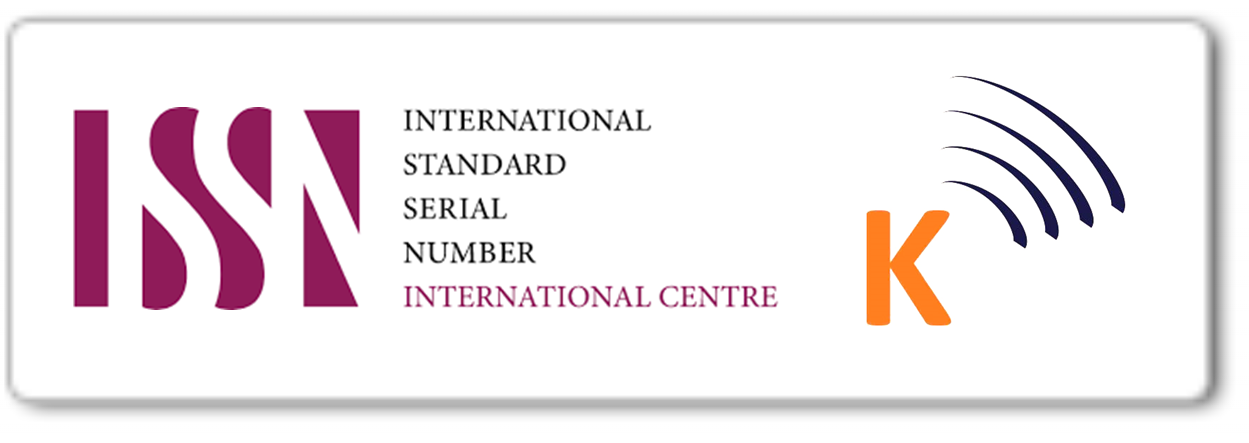PENGEMBANGAN LEMBAR KERJA MAHASISWA BERBASIS MASALAH DAN PROYEK PADA MATAKULIAH ANALISIS DATA
Keywords: data analyze, problem solving, problems, projects, student’s worksheets
Abstract
Students have ability to analyze data if they practiced to solved problems/projects that are related to analyzed and made conclusion from research data. The aim of this research was to develop the students worksheets of data analysis based on the problems and projects that can help students to have ability analysis research data. The development of the students worksheets used Plomps stages. Results of students workshets implementation showed that those can help: students to have meaningful understanding, like the analysis data lecture, have motivated individually to learned concepts of data analysis and solved the problems and projects in students worksheets, actived in learning process, and had ability to analyzed data by Minitab and Microsoft Excel.
Mahasiswa dapat memiliki kemampuan menganalisis data jika mahasiswa berlatih menyelesaikan masalah dan proyek yang berkaitan dengan cara menganalisis dan menarik kesimpulan dari data penelitian. Tujuan penelitian ini adalah mengembangkan Lembar Kerja Mahasiswa. Analisis Data berbasis masalah dan proyek yang dapat membantu mahasiswa memiliki kemampuan dalam menganalisis data penelitian. Pengembangan Lembar Kerja Mahasiswa ini menggunakan tahap-tahap Plomp. Subjek penelitiannya adalah 24 mahasiswa Pendidikan Matematika Fakultas Keguruan dan Ilmu Pendidikan Universitas Palangka Raya. Hasil implementasi menunjukkan bahwa penggunaan Lembar Kerja Mahasiswa dapat mendorong mahasiswa untuk: memiliki pengetahuan bermakna, (b) menyenangi matakuliah Analisis Data dan metode belajar yang digunakannya, termotivasi untuk belajar dan menyelesaikan masalah dan proyek dalam Lembar Kerja Mahasiswa secara mandiri, aktif selama perkuliahan, dan memiliki kemampuan dalam menganalisis data menggunakan Minitab dan Microsoft Excel.
Downloads
References
Choi-Koh, S. S. (2000). A problem solving model of quadratic min values using computer. International Journal of Instructional Media, 27(1), 73-82.
Eskrootchi, R. & Oskrochi, G. R. (2010). A Study of the efficacy of project based learning integrated with computer-based simulation. STELLA. Educational Technology & Society, 13(1), 236-245.
Hmelo-Silver, C. E. (2004). Problem based learning: What and how do students learn? Educational Psychology Review, 16(3), 235-266.
Huang,T. H., Liu, Y. C. & Chang, H. C. (2012). Learning achievement in solving word-based mathematical questions through a computer-assisted learning system. Educational Technology & Society, 15(1), 248-259.
Hudojo, H. (2005). Kapita selekta pembelajaran matematika. Malang: Universitas Negeri Malang.
Judge, S. (2005). The impact of computer technology on academic achievement of young African American children. Journal of Research in Childhood Education, 20(2), 91-101.
Krulik, S., at al. (2003). Teaching mathematics in middle schools. A practical guide. Boston: Pearson Education Inc.
Ploger, D. & Hecht, S. (2009). Enhancing childrens conceptual understanding of mahtematics through chartworld
software. Journal of Research in Childhood Education, 25(3), 267-277.
Polya, G. (1973). How to solve It (2nd). New Jersey: Princeton University.
Polya, G. (1981). Mathematical discovery: On understanding, learning and teaching problem solving, Combined Edition. New York: John Willey & Sons, Inc.
Plomp, T. (1997). Educational & training systems design. Netherlands: University of Twente.
Sakshaug L., Olson, M. & Olson, J. (2002). Children are Mathematical Problem Solvers. Reston, VA: NCTM, Inc.
Shumway, R. J. (1980). Research in mathematics education. Reston, VA: NCTM Inc.
Sutawidjaja, A. & Afgani, J. D. (2011). Pembelajaran matematika. Jakarta: Universitas Terbuka.







